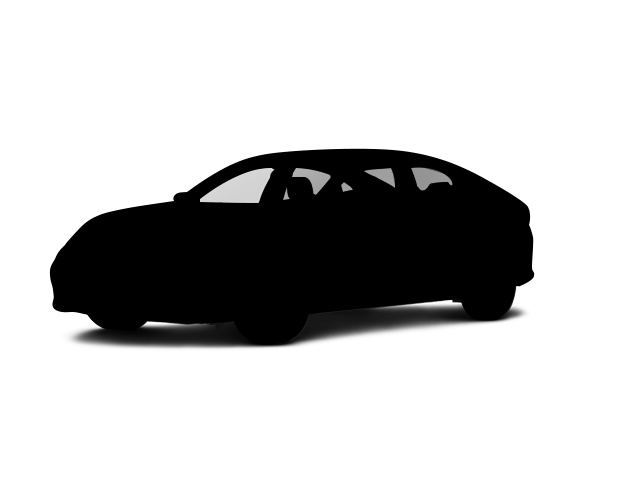© 1999 - 2025Advanta-STAR Automotive Research, all rights reserved. This vehicle comparison and all of the content in it are provided only by license from Advanta-STAR Automotive Research Corporation of America (“Advanta-STAR”). If you are not a legally licensed user of this vehicle comparison, it is against federal law to access it, copy it, forward it, or use it in any manner whatsoever. Any unauthorized use of this vehicle comparison is a violation of U.S. and international law and is punishable criminally and civilly. Removal of this watermark/notification without prior written license and approval received from Advanta-STAR is an agreement, understanding, and/or stipulation by the person(s), entities, agents, attorneys, and any other persons involved in the removal of this watermark/notification (including but not limited to Search Optics, LLC and any and all parent entities, sister entities, and subsidiary entities of Search Optics, LLC and/or any other entity, agent, attorney, and persons related in any manner to Search Optics, LLC) to: 1) an agreed upon amount of liquidated monetary damages of a minimum of $1,250,000.00 US Dollars in favor of Advanta-STAR; 2) the jurisdiction and enforcement of any legal claims associated with this matter asserted by Advanta-STAR in the United States Federal District Court in Portand, Oregon; and 3) service of process of any legal claims asserted by Advanta-STAR associated with this matter may be accomplished by First-Class Postage by the United States Postal Service or comparable service. XPYNN-M34HG 2a06:98c0:3600::103 2025/09/04
The Outlander PHEV has a standard remote vehicle starting system, so the vehicle can be started from inside the driver's house. This allows the driver to comfortably warm up the engine before going out to the vehicle. The climate system will also automatically heat or cool the interior. The Ioniq Plug-In Hybrid doesn’t offer a remote starting system.
The Outlander PHEV’s front and rear power windows all open or close fully with one touch of the switches, making it more convenient at drive-up windows and toll booths, or when talking with someone outside the car. The Ioniq Plug-In Hybrid’s standard passenger windows don’t open or close automatically. With the Ioniq Plug-In Hybrid’s optional power windows, only the front windows open or close automatically.
The Outlander PHEV’s rain-sensitive wipers adjust their speed and turn on and off automatically based on the amount of rainfall on the windshield. This allows the driver to concentrate on driving without constantly adjusting the wipers. The Ioniq Plug-In Hybrid’s manually variable intermittent wipers have to be constantly adjusted.
To improve rear visibility by keeping the rear window clear, the Outlander PHEV has a standard rear wiper. The Ioniq Plug-In Hybrid doesn’t offer a rear wiper.
On extremely cold winter days, the Outlander PHEV GT’s standard heated steering wheel provides comfort, allowing the driver to steer safely and comfortably before the vehicle heater warms up. The Ioniq Plug-In Hybrid doesn’t offer a heated steering wheel.
Both the Outlander PHEV and the Ioniq Plug-In Hybrid offer rear vents. For greater rear passenger comfort, the Outlander PHEV has standard rear air conditioning vents to keep rear occupants cool in summer or warm in winter. The Ioniq Plug-In Hybrid doesn’t offer rear air conditioning vents, only heat vents.
The Outlander PHEV GT has a 115-volt a/c outlet on the center console, allowing you to recharge a laptop or run small household appliances without special adapters that can break or get misplaced. The Ioniq Plug-In Hybrid doesn’t offer a house-current electrical outlet.

